Are you confused about the difference between spotlights and floodlights? Choosing the wrong fixture can lead to wasted budget, poor lighting effects, and even safety hazards.
In just 5 minutes, this article will delve into the core differences and suitable applications of spotlights vs. floodlights, providing homeowners, designers, lighting professionals, and more with a practical ultimate guide.
Table of Contents
Spotlights vs. Floodlights: Core Differences
1. Spotlight
Spotlights emit concentrated light, primarily used to highlight specific objects or areas, providing accent and decorative illumination. Their beam angle is typically narrow, generally ranging from 10° to 45°. They offer high central intensity and strong directionality, and usually have relatively low power.
2. Floodlight
Floodlights emit diffused light with wide coverage, mainly used for providing large-area general illumination. Their beam angle is wider, typically between 50° and 120°. They provide even and soft light and can support higher power output to deliver ample brightness.
3. Comparison
| Characteristic | Spotlight | Floodlight |
|---|---|---|
| Beam Angle | 10°–45° | 50°–120° |
| Use Case | Accent | General |
| Energy | Medium-Low | Medium-High |
I. Beam Pattern & Intensity
Spotlights: Concentrated beam, used for precise focusing and highlighting details (e.g., artwork, architectural features).
Floodlight: Broad beam, provides wide-area uniform illumination, suitable for areas like yards, parking lots, etc.
II. Energy Consumption & Efficiency
Spotlights: Typically lower wattage, but effectively boosts brightness for localized lighting.
Floodlight: Generally higher wattage, designed to cover larger areas.
III. Installation & Flexibility
Spotlights: Often features adjustable angle or easily directed mounting options for precise aiming.
Floodlight: Installation position and angle are relatively fixed, primarily relying on proper layout to achieve desired coverage.
IV. Comparing Common Applications
Floodlights are commonly used in outdoor areas, serving as area lighting, security lighting, sports field lighting, and the like.
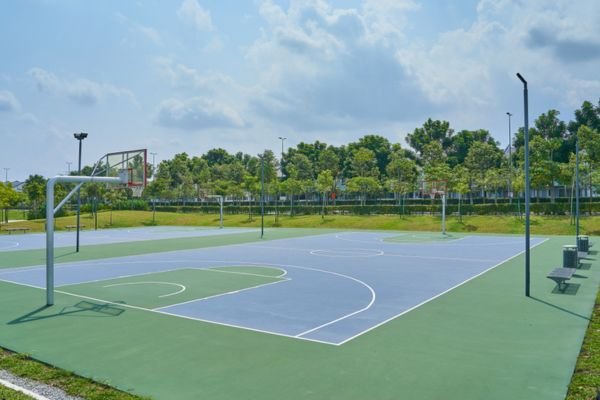
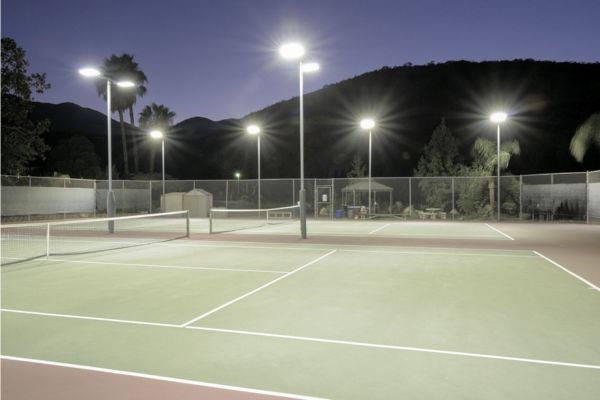
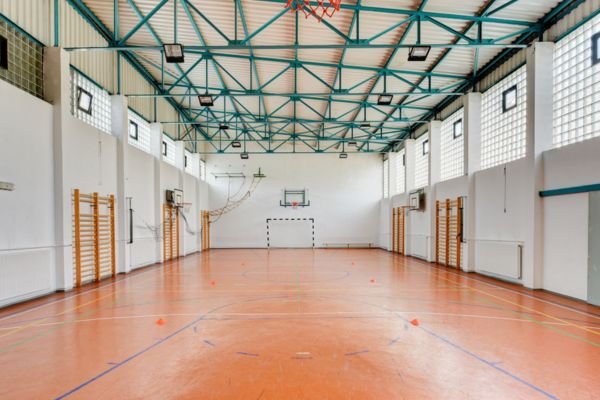



Spotlights are available in indoor and outdoor versions, depending on the application environment. They primarily function as directional lighting, used to provide accent or decorative illumination for areas such as landscapes, exhibition halls, and stages.


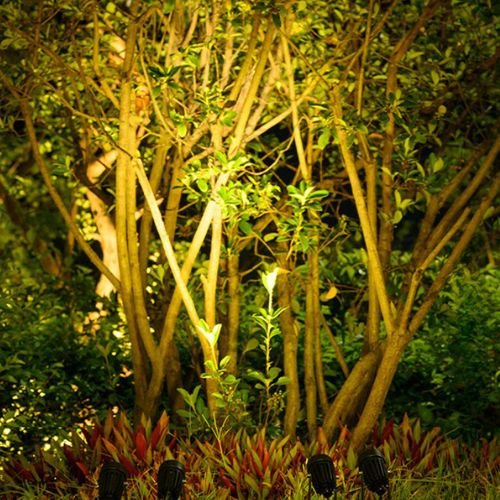



How to Choose? Key Considerations
1. Usage Requirements
Based on the beam characteristics of spotlights and floodlights, they are used differently in lighting applications:
- Accent Lighting: Used to highlight specific areas or objects such as artwork, signage, architectural details, or landscape features. Spotlights are typically chosen for their precise focus and highlighting effect.
- Safety & Area Lighting: Provides wide-area uniform illumination to enhance safety and visibility, in locations like home backyards, warehouses, or parking lots. Floodlights are commonly used to cover broad areas.
2. Environmental conditions
Waterproof Rating: For use in indoor wet environments or outdoor locations, the lamp’s waterproof rating must be IP65 or higher.
Wind Resistance Design: For lamps installed on high outdoor structures, in addition to meeting waterproofing requirements, their wind resistance design must also be considered to ensure installation safety and long-term stability.
3. Budget and Maintenance
Initial Cost:
- Spotlight: The initial cost per unit is relatively lower.
- Floodlight: The initial cost per unit is typically higher than spotlights. However, due to their broader coverage, fewer floodlights might be needed to illuminate a large area, potentially reducing the total number of fixtures required.
Long-term Cost (Applies to Both):
- Leveraging advanced LED light source technology, both spotlights and floodlights offer significantly higher energy efficiency compared to traditional fixtures, resulting in substantially lower long-term electricity and maintenance costs.
4. Aesthetics and Ambiance
Spotlight: By focusing the beam, it significantly enhances light-dark contrast within the environment, thereby highlighting specific objects and creating strong visual focus and dramatic effects.
Floodlight: Provides wide-area, uniform, and soft illumination, creating a natural and comfortable light environment while effectively reducing unwanted shadows.
Real-world Applications
1. Home Scenarios

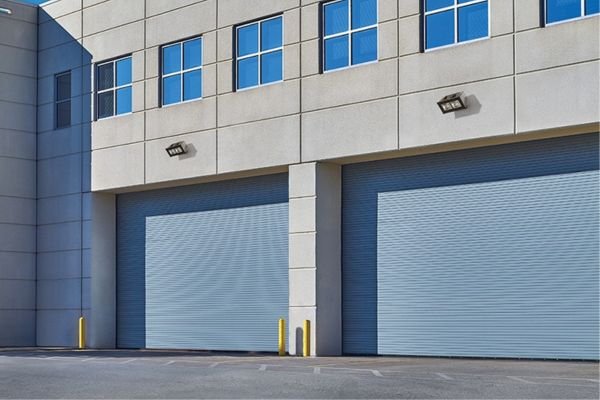



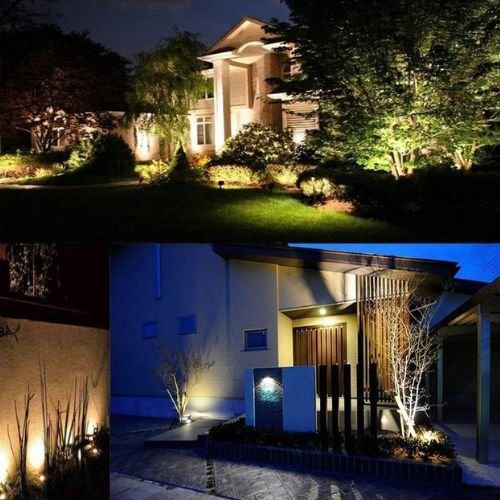



2. Business scenarios



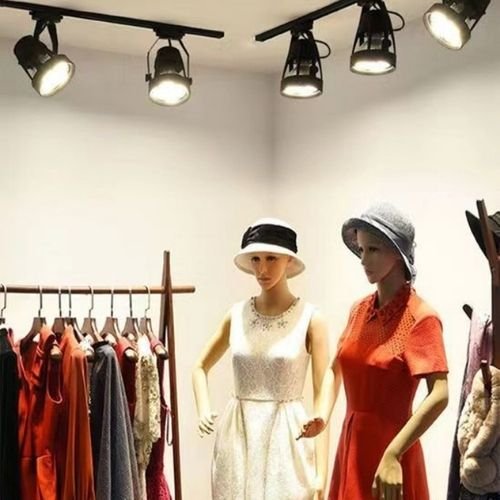
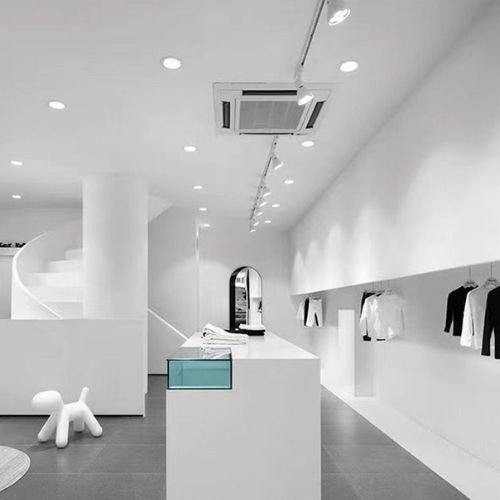



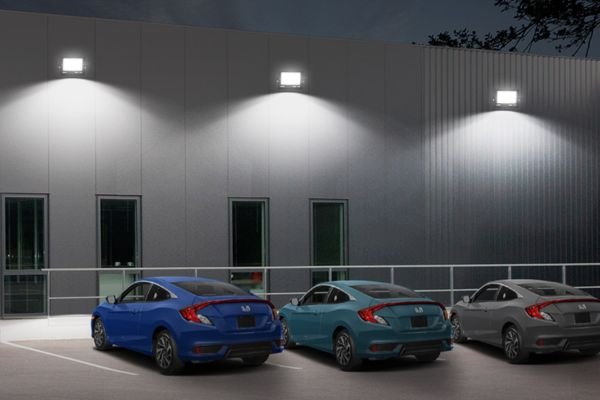


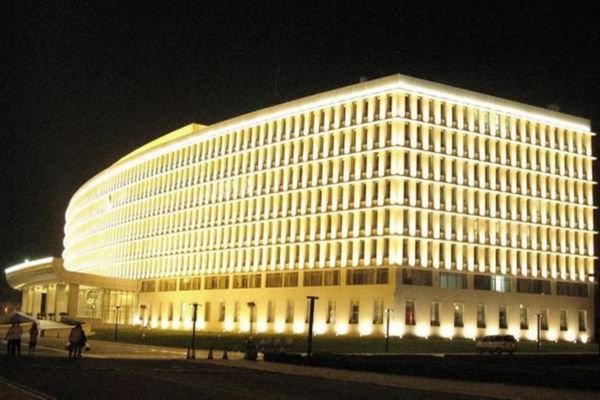
3. Performance Events and Stage

Preventing Common Mistakes: Issues and Solutions
Higher brightness is not necessarily better. You need to balance harmony with the surrounding environment and human eye comfort.
Floodlights cannot replace spotlights for outdoor lighting, but they can be used together to optimize the outdoor light environment. Furthermore, choosing luminaires with adjustable beam angles will make commissioning and installation more convenient.
In small indoor basketball courts, floodlights are frequently used due to their low cost. However, a significant issue that cannot be overlooked is glare. This problem can be addressed by opting for lighting fixtures equipped with diffusers or designed with anti-glare features.
To prevent damage caused by rain washdown and dust ingress, outdoor lighting fixtures must have at least an IP65 rating.
Future Trends & Smart Lighting Recommendations
1. Smart lighting
Smart LED spotlights and APP-controlled floodlights are very popular nowadays. For instance, Philips Hue floodlights combined with voice control are highly popular in the home market.
2. Solar energy technology
Technologies for solar garden lights, solar landscape lights, and similar applications are already very mature. Solar floodlights are a current trend and can save up to 70% on electricity consumption.
Conclusion
It’s crucial to understand the fundamental design difference between floodlights and spotlights: floodlights are for general/main illumination, while spotlights are for local or accent lighting.
What’s the biggest challenge you face when choosing lighting fixtures? Let me know in the comments, and I’ll answer your questions!